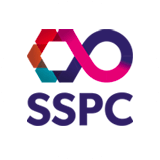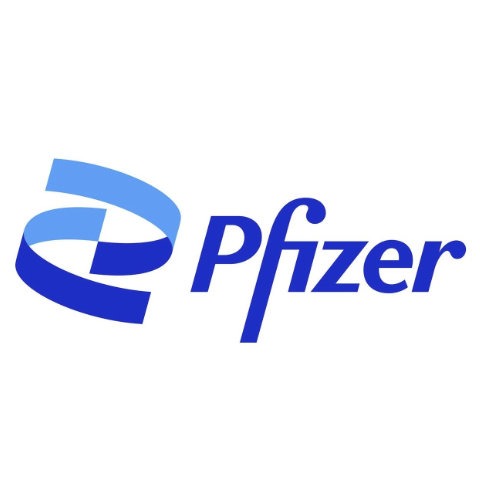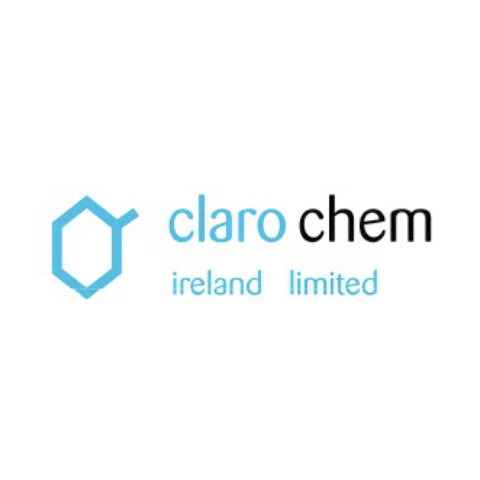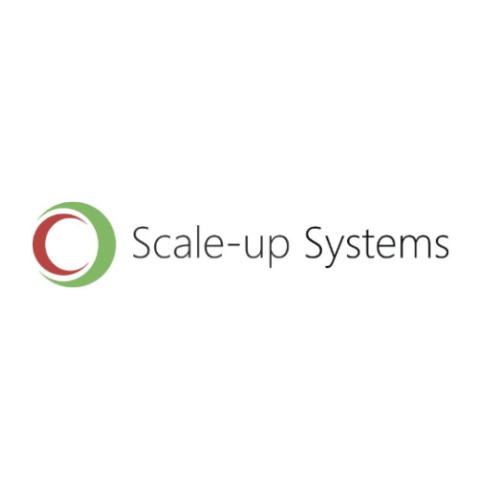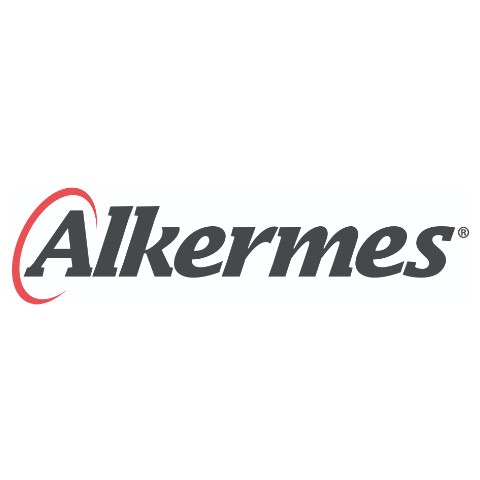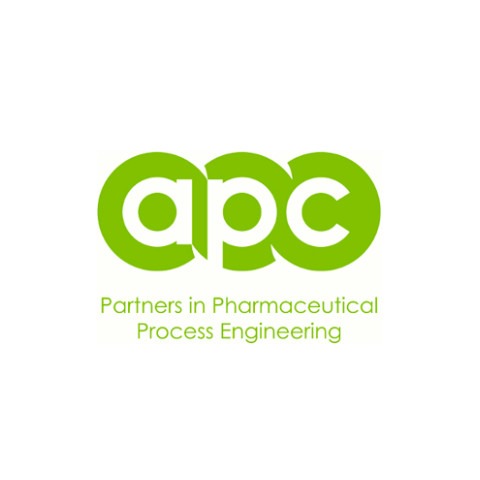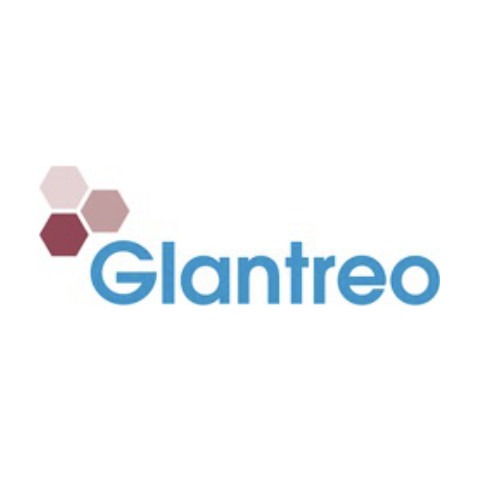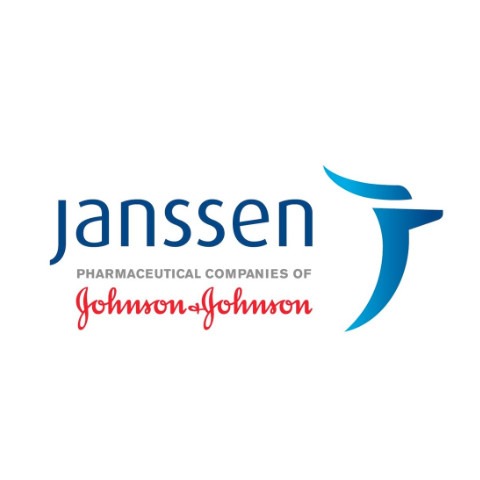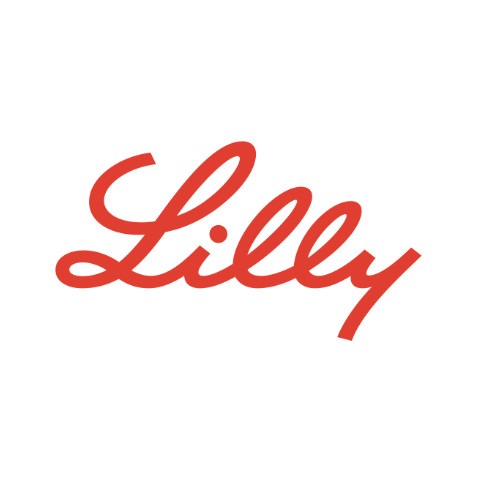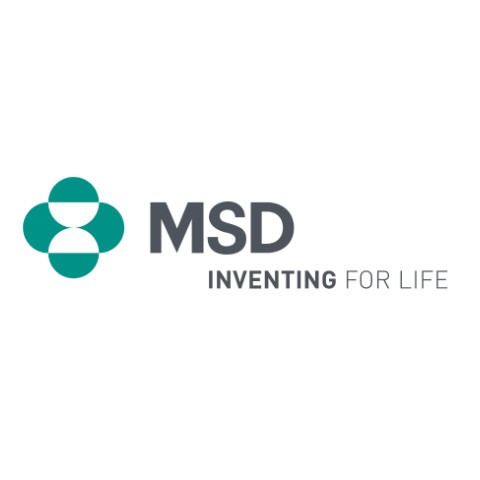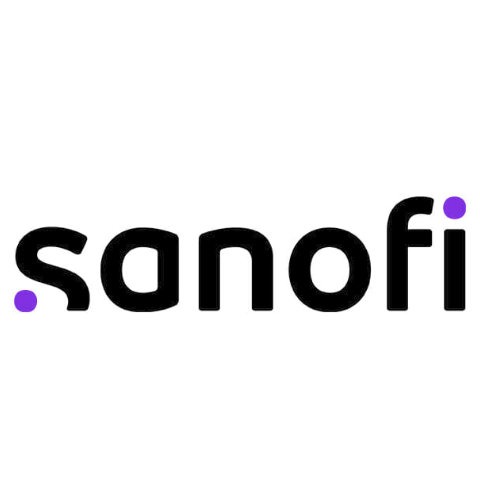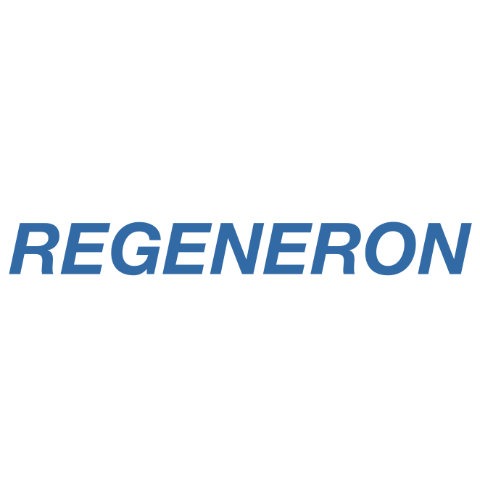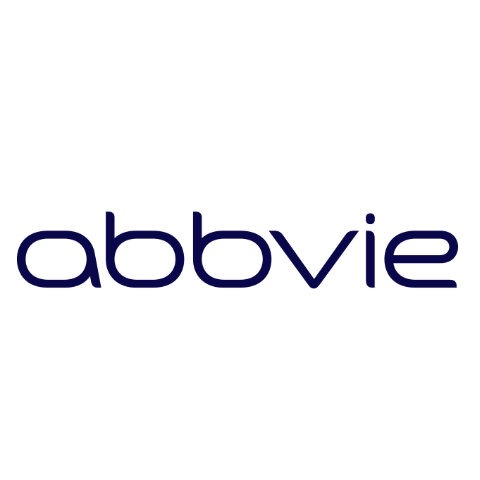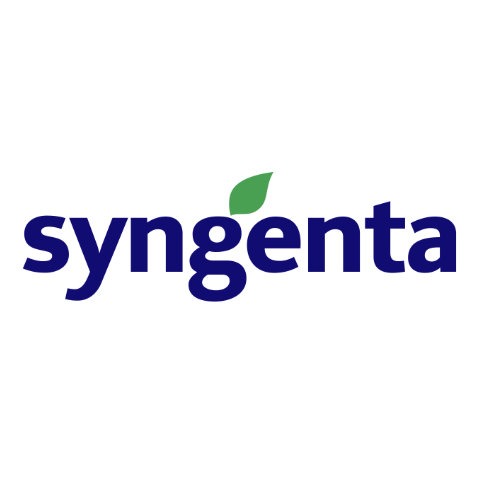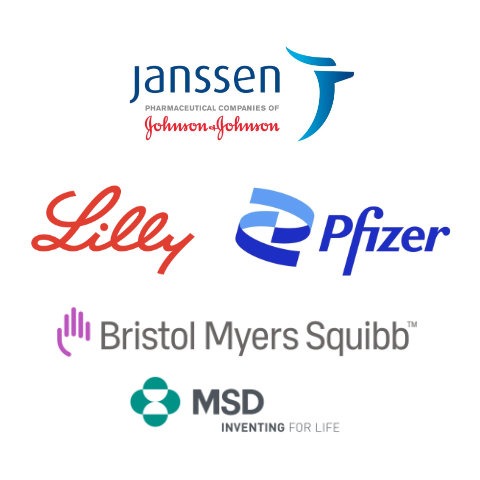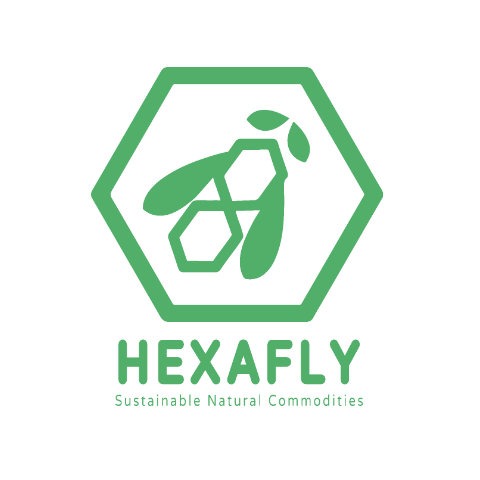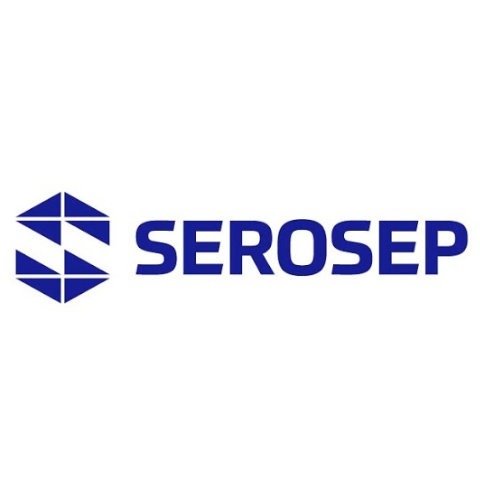The research
Our research is aimed at the design and study of new solid-state forms of APIs. We are particularly interested in the application of sublimation as a solvent-free (i.e. green) method to control the polymorphism and crystal morphology and to obtain new cocrystals. We have developed a lab-scale sublimation method (low-temperature gradient sublimation in vacuo) that produces high quality single crystals in a short time. We have used sublimation to crystallize cocrystals from the gas phase that were not accessible from solution.
We were able to obtain a ternary cocrystal of pyrimethamine by sublimation. Ternary cocrystals are much more challenging to prepare than binary cocrystals, but can further enhance the functionality of supramolecular materials. Cocrystal formation by sublimation requires stoichiometric amounts of the coformers to be present in the gas phase. Our two-zone cosublimation method allows to equalize the sublimation rates of coformers with distinctly different sublimation temperatures. We have published the first examples of additive-controlled growth of organic cocrystals from the gas phase and demonstrated that tailor-made additives can provide significantly higher levels of morphology control in gas phase crystallization than what is typically achieved in additive-controlled solution crystallizations.
We also investigated the crystallization of organic salts from the gas phase following sublimation of neutral coformers. This requires proton transfer in the absence of a solvent and raises the interesting question how and when the proton transfer takes place. We have used modelling studies to show that small molecular clusters provide an environment which can make proton transfer spontaneous.
Research References
L. Alaa Eldin Refat, C. O’Malley, J. Simmie, P. McArdle, A. Erxleben, Differences in Coformer Interactions of the 2,4-Diaminopyrimidines Pyrimethamine and Trimethoprim. Cryst. Growth Des. 2022, 22, 3163-3173. 10.1021/acs.cgd.2c00035
P. McArdle, A. Erxleben. Sublimation – A Green Route to New Solid-State Forms (Invited Highlight Article). CrystEngComm, 2021, 23, 5965-5975. 10.1021/acs.cgd.1c01509
F. Civati, C. O’Malley, A. Erxleben, P. McArdle. Factors controlling persistent needle crystal growth: The importance of dominant 1D secondary bonding, stacked structures and vdW contact. Cryst. Growth Des. 2021, 21, 3449–3460. 10.1021/acs.cgd.1c00217
C. O’Malley, A. Erxleben, P. McArdle, J. M. Simmie. Crystallization of Organic Salts from the Gas Phase: When Does Proton Transfer Take Place? Cryst. Growth Des. 2021, 21, 23–27. 10.1021/acs.cgd.0c01248
C. O’Malley, C. Bouchet, G. Manyara, N. Walsh, P. McArdle, A. Erxleben, Salts, binary and ternary cocrystals of pyrimethamine: mechanosynthesis, solution crystallization and crystallization from the gas phase. Cryst. Growth Des. 2021, 21, 314–324. 10.1021/acs.cgd.0c01147
F. Civati, V. Svoboda, S. J. Urwin, P. McArdle, A. Erxleben, D. Croker, J. ter Horst. Manipulating cocrystal size and morphology using a combination of temperature cycling and additives. Cryst Growth Des., 2021, 21, 1496–1506. 10.1021/acs.cgd.0c01195
